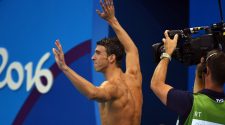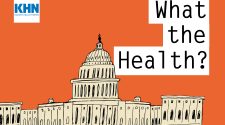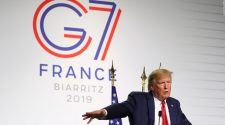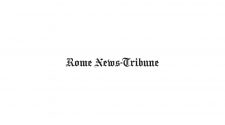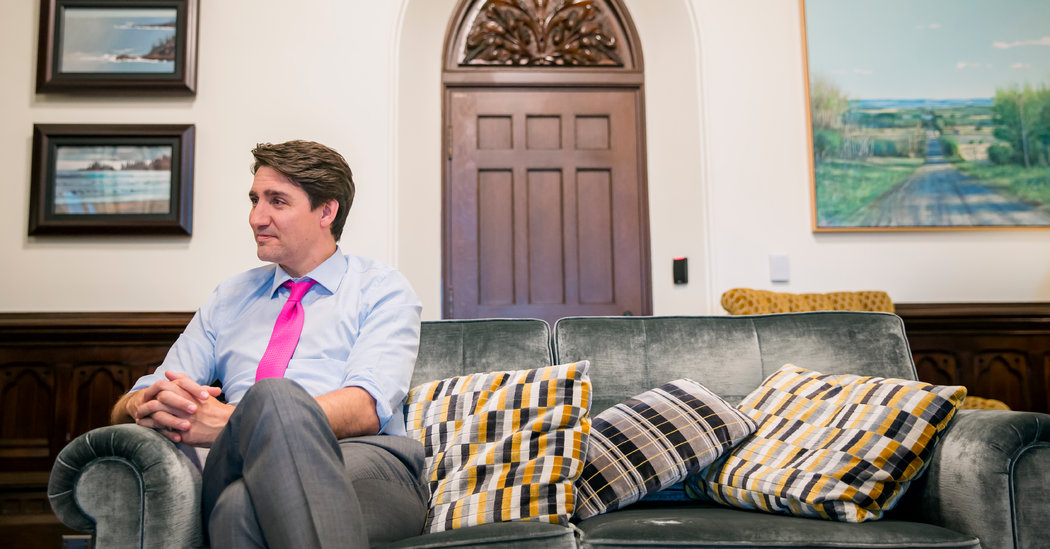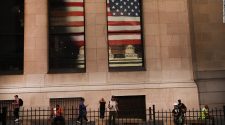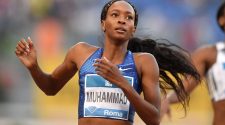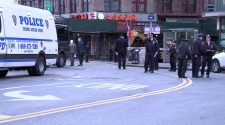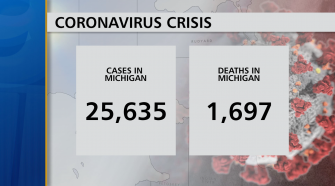Revelations that Prime Minister Justin Trudeau of Canada has dressed up in brownface and blackface on multiple occasions have rocked his re-election campaign, reinforcing a narrative that has dogged him throughout his political career: that he isn’t really who he portrays himself to be.
Mr. Trudeau has long cast himself as a glittering spokesman for the world’s beleaguered liberals, standing up to President Trump, supporting gender and Indigenous rights, welcoming immigrants, and fighting climate change and racism.
But that carefully calibrated image suffered a major blow this week when photos and a video emerged of the prime minister dressing up as racist caricatures in the early 1990s and in 2001.
One showed him at an “Arabian Nights” party, costumed as Aladdin in brownface makeup and a turban, his arms wrapped around a woman. The picture was taken while Mr. Trudeau was 29 and teaching at a school in Vancouver, British Columbia.
While apologizing for that image at an appearance on Wednesday night, Mr. Trudeau also admitted to dressing up in blackface while performing “Day-O,” the Jamaican folk song, in high school.
On Thursday morning, more damaging material surfaced. Mr. Trudeau’s campaign spokeswoman, Zita Astravas, confirmed that a video posted by GlobalNews, a Canada-based news organization, showed the prime minister in the early 1990s dressed in blackface and an Afro wig. In the video, he is waving his hands around and sticking out his tongue.
And the Canadian Broadcasting Corporation posted another photo from the 2001 “Arabian Nights” party. In it, Mr. Trudeau, again in brownface and wearing a turban, has his arms around two Sikh men.
The new disclosures come only a few months after Mr. Trudeau’s former justice minister and attorney general, an Indigenous woman, accused him of bullying her while pressing her to settle corruption charges against a major Quebec engineering company. When she didn’t comply, she accused him of demoting her.
“Justin Trudeau has carefully crafted an image of what Canadians aspire to: hope, openness to the world and youth,” said Jean-Marc Léger, chief executive of Léger, a leading polling company in Montreal. “The blackface episode shatters that perfect image and casts questions on his authenticity.”
Nevertheless, he said, Canadians were a “forgiving people” and predicted that Mr. Trudeau, who on Wednesday night apologized repeatedly for behavior that had taken place nearly two decades ago, could still recover.
“This is something I shouldn’t have done many years ago,” Mr. Trudeau said. “It was something that I didn’t think was racist at the time, but now I recognize it was something racist to do, and I am deeply sorry.”
Nik Nanos, the founder of Nanos Research, an Ottawa polling firm, said that finding a way back, while not impossible, will be very difficult for Mr. Trudeau and his Liberal Party.
“This is about as bad news as you can get in a campaign,” he said. “The Liberals have to find a way to change the channel.”
Mr. Nanos said that even before this week’s news, support for the Conservative Party, Mr. Trudeau’s principal opponent, began inching upward after Conservatives ran attack ads suggesting the prime minister was “not as advertised.”
“The Justin Trudeau revelation is a validation of the Conservative attack,” Mr. Nanos said.
”Right now the election is about Justin Trudeau,” Mr. Nanos added. “And in my experience, the person an election is about loses.”
“Most people, even people who hate Trudeau, are not going to look at this and say ‘Justin Trudeau is an absolute racist’,” Lori Turnbull, a professor of political science at Dalhousie University in Halifax, Nova Scotia said on Thursday. “But people are going to look at this and ask: ‘Is this a serious person.’ And that’s a bigger problem for him”
In many ways Mr. Trudeau has a strong hand as the Oct. 21 national election approaches. Canada’s economy is vibrant, with unemployment at historic lows. His move to bring in 25,000 Syrian refugees was widely acclaimed and his government introduced several pioneering policies, including legalizing recreational marijuana and assisted dying.
Half of his cabinet is women. It also includes four Sikhs and a Somali-born immigration minister, reflecting the multiculturalism and inclusiveness on which Canada prides itself.
But in Canada, he is a deeply polarizing figure. Some, especially in the western parts of the country, have long seen him as too showy and sanctimonious, an elitist do-gooder who was never up to the job.
Others see him as a powerful symbol of a humanistic country who, in the era of President Trump, helped a middle-level country punch above its weight globally.
He has been taken to task for seeming inconsistencies in his policies, as well as his in his image. For example, even as he proposed a national carbon tax — following through on his promises to fight climate change — he used $4.5 billion in government money to buy an oil pipeline, which he said would be good for the Canadian economy.
“Everything the prime minister does is a calculation about his image,” said Nicola Di Iorio, who recently stepped down as a Liberal member of parliament of a multicultural district in Montreal. “There are too many gimmicks.”
Mr. Trudeau, a talented campaigner with the fighting spirit of an amateur boxer, is used to being underestimated — and overcoming obstacles. During the last election, in 2015, his Conservative rivals mocked him as a feckless celebrity with nice hair. “Not ready” was their slogan.
He presented himself, though, as a changemaker after a decade of leadership under the dependable but dour Conservative prime minister, Stephen Harper. He went on to give Liberals a stunning victory, expanding the party’s number of seats in the House of Commons from 36 to 184.
Mr. Trudeau maintained his popularity for much of his term, even as critics complained that his colorful socks, gravity-defying yoga poses, frequent apologies for historical wrongs and frequent bouts of tears sometimes gave the appearance of an actor playing a prime minister rather than him actually being one.
On a disastrous state trip to India last year, he attracted ridicule for wearing, along with his family members, flashy traditional Indian clothing supposedly as a sign of respect for Indian culture. In Canada, though, which has a large immigrant community from India, he was criticized for cultural appropriation and widely mocked.
On a visit to the White House in February 2017, he won praise for his success at fending off Mr. Trump’s domineering handshake. . Mr. Trudeau’s body language was dubbed on Twitter “the biggest display of dominance in the history of Canada.”
The prime minister later acknowledged, though, that he and Gerald Butts, his top political adviser and close friend, had strategized about the handshake on the plane to Washington — an example of how he has used optics to shape his image.
“That handshake — the image of that handshake — if you ask people what they remember of the past four years that’s something they remember,” said Anna Gainey, the former president of the Liberal party and a major architect of Mr. Trudeau’s political rise.
Ms. Gainey made that observation in an interview before the images of Mr. Trudeau in blackface and brownface emerged.
But now, with just weeks to go before the election, voters may instead remember his caricatures. They are being replayed over and over again on news channels in Canada, where minority voters increasingly form a large block of the electorate, especially in the vote-rich provinces of Quebec and Ontario.
In February Mr. Trudeau weathered a serious crisis when he faced the accusations of bullying by his justice minister and attorney general, Jody Wilson-Raybould.
He wanted her to allow SNC-Lavalin to resolve corruption charges with a hefty fine rather than a criminal conviction. The prime minister said he was concerned about job losses at the company if it was criminally convicted and lost out on government work.
But a broad perception emerged that he and his mostly male staff had ganged up on an Indigenous woman, clashing with his image as a self-proclaimed feminist and champion of minorities who promised a new “sunny” and collaborative approach to politics.
In August, the federal ethics commissioner found that Mr. Trudeau broke the conflict-of-interest law. His approval rating tumbled to about 30 percent.
Mr. Trudeau’s opponents were not able to capitalize on the episode for very long though. Andrew Scheer, the leader of the Conservatives, did not experience a corresponding rise in his popularity as Mr. Trudeau’s sank.
Many Canadians are unclear what Mr. Scheer stands for. Jagmeet Singh, the leader of the left-leaning NDP party and the first nonwhite contender for prime minister, has also struggled to resonate.
In the summer, Mr. Trudeau and his party began recovering from their tanked approval ratings, and the Liberals have been running neck-and-neck with the Conservatives in polling.
Mr. Trudeau’s political fate largely rests on his ability to win over fickle voters in Quebec and Ontario, the two most populous Canadian provinces. Both have large ethnic minority communities whose support has been essential for the Liberal Party, analysts said.
Mr. Trudeau, who has made being pro-immigration a cornerstone of his premiership, faces a particular challenge in Quebec, where a right-leaning party recently came to power vowing to rein in immigration. It has since passed a bill banning teachers, judges and police from wearing religious symbols like headscarves or turbans at work.
Mr. Trudeau recently condemned the bill as an affront to his values.
Then there are the young voters. Mr. Trudeau must energize them again, just as he did in the previous election, in particular those under 35, said Ms. Gainey, a former party official.


